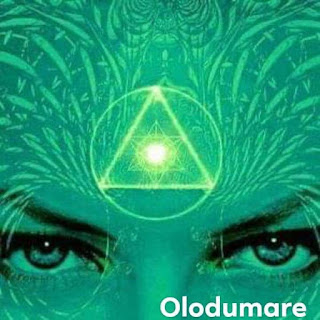Inequality In 1754, more than 250 years ago, and twenty - two years before Adam Smith published The Wealth of Nations, the Academy of Dijon launched a bold question and offered a prize to anyone who dared to answer: What is the origin of inequality among men? Is it the result of a natural law?

French philosopher Jean Jacques Rousseau became interested in the topic and in response wrote his work on the origin of inequality among men. In it, Rousseau argues that social and political inequality is not natural, it does not derive from a divine will, nor is it a consequence of the natural inequality among men. On the contrary, its origin is the result of private property and abuse of those who appropriate for themselves the wealth of the world and private benefits derived from this appropriation. Already at that time, seek answers to social inequality was a central issue for the social sciences. And at that time that social inequality was much smaller.
It is a century later, with the increasing industrialization process, which begins to create a significant difference in income levels, whose relationship at the level of average income between countries "poor" and "rich" countries reached early twentieth century a ratio of 1 to 4, to pass earlier this century to a ratio of 1 to 30.
We now know that there are more than 3 billion poor in the world (almost 50% of the population) and that half of them live in poverty.The measurement of social inequality was never a priority throughout the entire twentieth century theme. Neither the World Bank nor the International Monetary Fund, neither the UN nor the FAO showed interest in the subject. This phenomenon, however, has increased with the current economic crisis, realizing that the poorest and the weakest are the main victims of these crises generated by greed and wastefulness of a few.
Not much to know that the distribution of wealth is even more unequal than distribucipón revenue ago. 90% of the world's net wealth is concentrated in the United States, Europe, Japan and Australia. United States, with 5% of the world population consumes 50% of all production in the world, while India, with 15% of the world population consumes 1% of world production. The difference is 150 times !.
The gap between rich and poor has grown in the last 30 years, just to follow IMF prescriptions closed eyes and accept the premises of the neoliberal model. This system is unique in widening the gap even within the countries themselves to generate new poverty, and the most emblematic case is precisely the United States, the poverty line reaches 30% of the population.
The current crisis has installed again this issue in the debate and one of the possible Keynesian solutions that are implemented to alleviate the grave situation is phased increase in the minimum wage. Alongside this will be devoted to special lines of credit unemployment insurance as a greater drop in demand can make the new Robert Shiller prophecy that the crisis can run for years is met.
___________
This article was published in February 2008.


No hay comentarios:
Publicar un comentario
No se admiten comentarios con datos personales como teléfonos, direcciones o publicidad encubierta